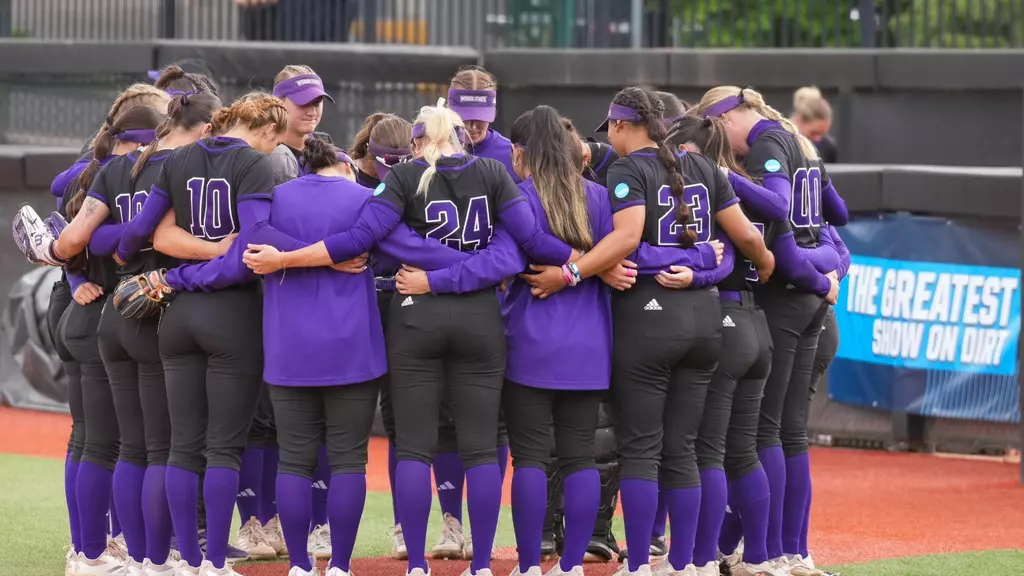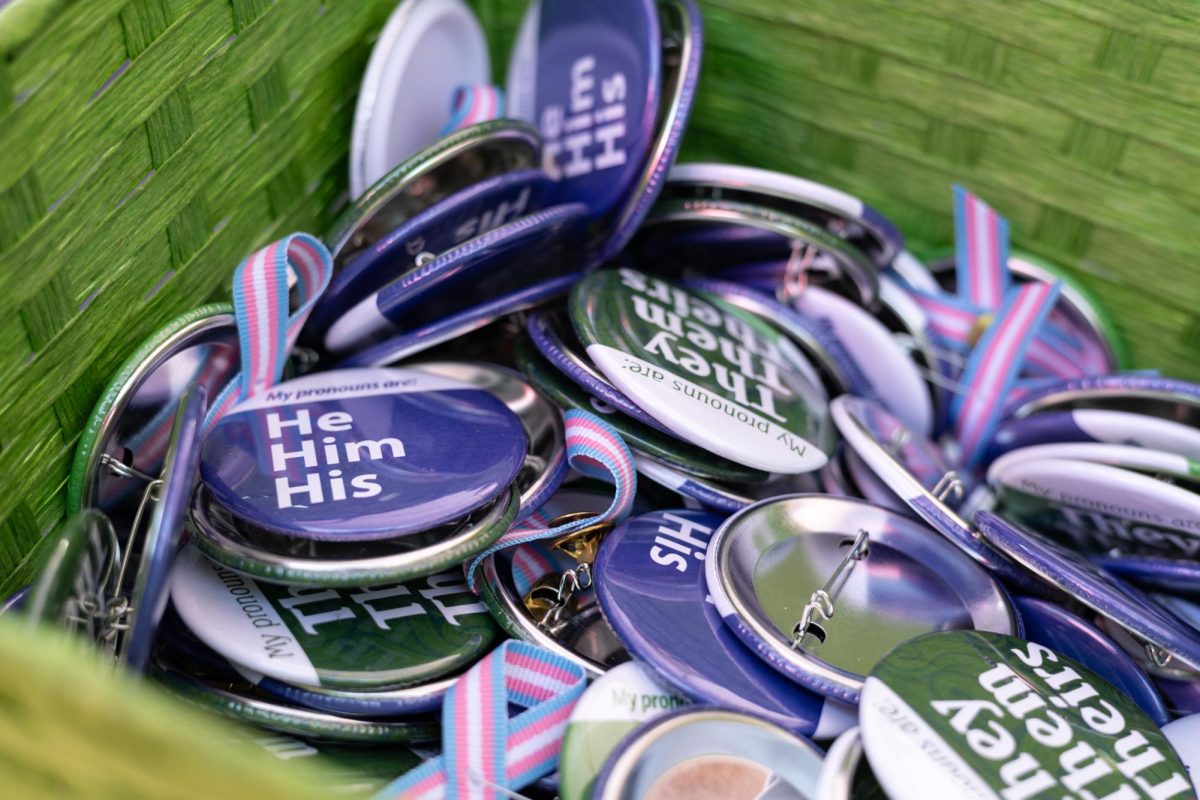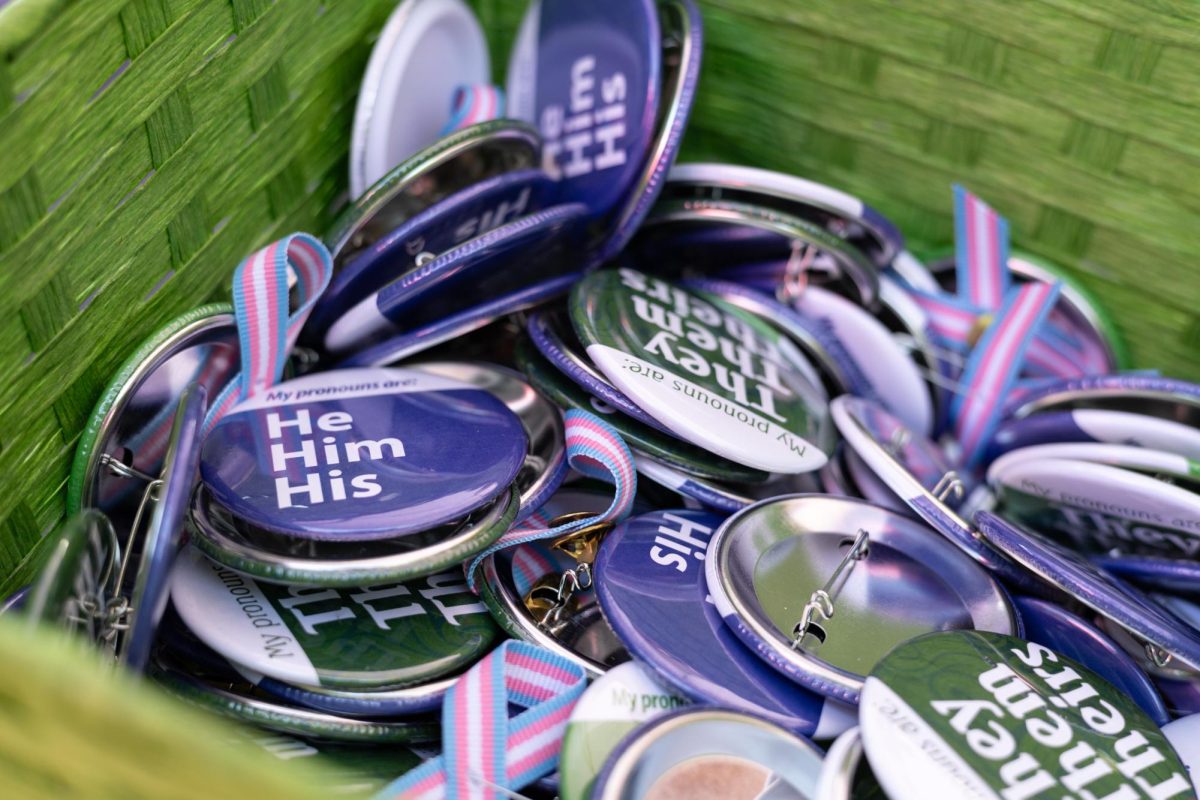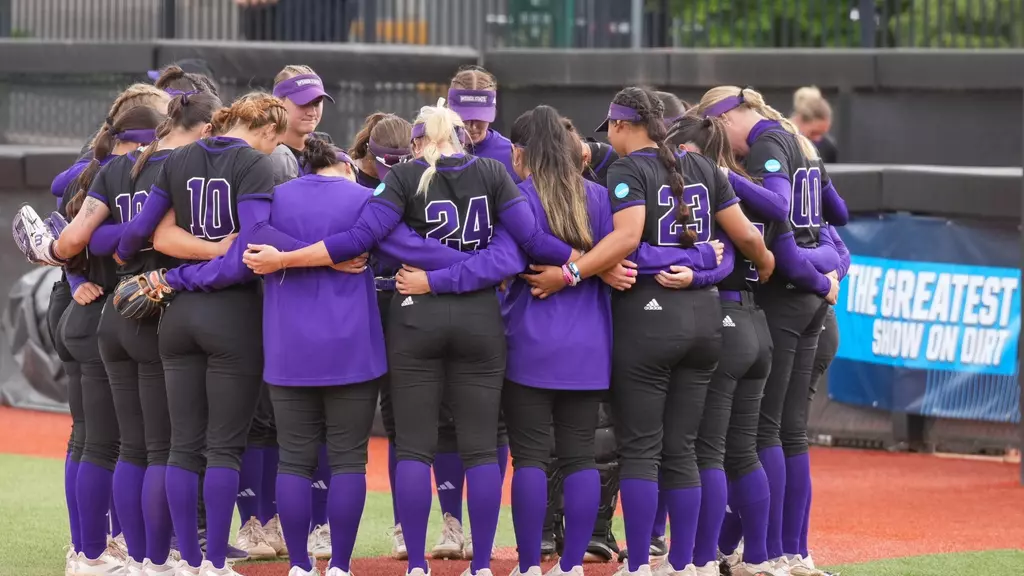J.R. Westmoreland can navigate an iPad and do computer programming with his eyes closed. Add to that list spelunking, rock climbing, skiing and DJ-ing an internet radio show, just for starters.
Diagnosed with retinal cancer as a toddler, Westmoreland is now completely blind. When his parents asked the doctor what they should do, the doctor replied, “I can’t tell you what to have him do — let him try it, and he’ll figure it out.”
And figure it out he has.
Westmoreland is married and has two 16-year-old daughters. He started at Weber State University almost 30 years ago but left as a junior. He is now returning to finish his degree in Computer Sciences.
Westmoreland has noticed a big difference over the years in the Services for Students with Disabilities.
“They basically did reader service for you. They had somebody that could take notes for you in class, if need be, and a few things like that,” Westmoreland said.
With the new technology available to students with disabilities, some of these services aren’t even needed.
The SSD mission statement says, “Individualized service programs are designed specifically to fit each student’s needs and abilities.”
“We meet with each student. We look at their documentation — what they need — and we make the adjustment,” said Angela McLean, a disability services specialist at WSU.
These adjustments are strictly to make the education itself accessible, and McLean said it’s not all physical (such as wheelchair ramps). Accessibility may mean adjusting what’s online so every WSU student has equal opportunity to learn.
“We try our best to meet the needs of individual students,” McLean said.
Accessibility can also mean getting textbooks in different formats.
“Most of the conversions we do are digital,” McLean said.
Once something is digital, there are several tools available for visually impaired students. Westmoreland accesses his Apple products via VoiceOver, a tool with “refreshable Braille” that changes according to what he is reading on the computer screen.
Other tools Westmoreland mentioned were JAWS (Job Access With Speech for Microsoft) and Opticon. When he works on math assignments, he uses Opticon which creates textures so he can literally feel the problems with his fingertips.
He compares using the Opticon to guessing what someone could be saying when drawing on his back.
But Westmoreland says the best tool he has for reading is his wife, Melodee.
“There was one great reader ever born, and I married her,” he said. “She can read out loud faster than I can fly my hands over a Braille page, and I read pretty dang fast in Braille. That’s really wonderful.”
Salsa, Westmoreland’s guide dog, has adapted well to university life. But just like any university student, even she gets bored during lectures. Sometimes professors think Westmoreland is sleeping in their classes because Salsa will snore so loudly.
Even though Salsa still acts like a puppy at times, she is still very helpful.
“I did a couple of terms up here just with my cane. And while it worked, it was still frustrating in some regards because she [Salsa] can see things far away, and your cane basically only gives you a sense of things within about a few feet of you,” Westmoreland said.
Instead of dropping a class that was highly visual in its content, Westmoreland found ways to do the class work.
“I’m in it. I’m gonna stay in it. I’m gonna figure out a way to make it work because if I can figure out a way to make it work, we can show it to somebody else, and they can do it, too.”
He did figure out a way to make it work and passed the class. This attitude can be seen throughout his career.
Though he is not the first visually impaired student to graduate in Computer Sciences, he will be the first that is totally blind. He is also very close to being the very first blind person in the entire world to get the Pro Tools User Certification.
Westmoreland is two terms away from graduating with an Associate of Applied Sciences in Computer Sciences.














